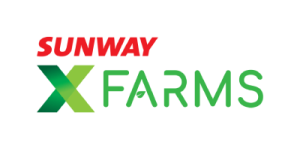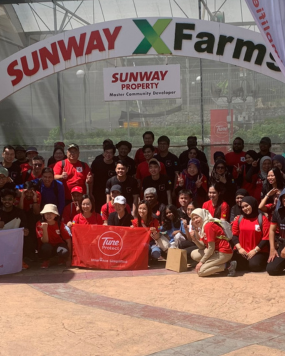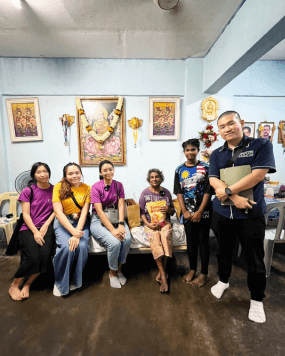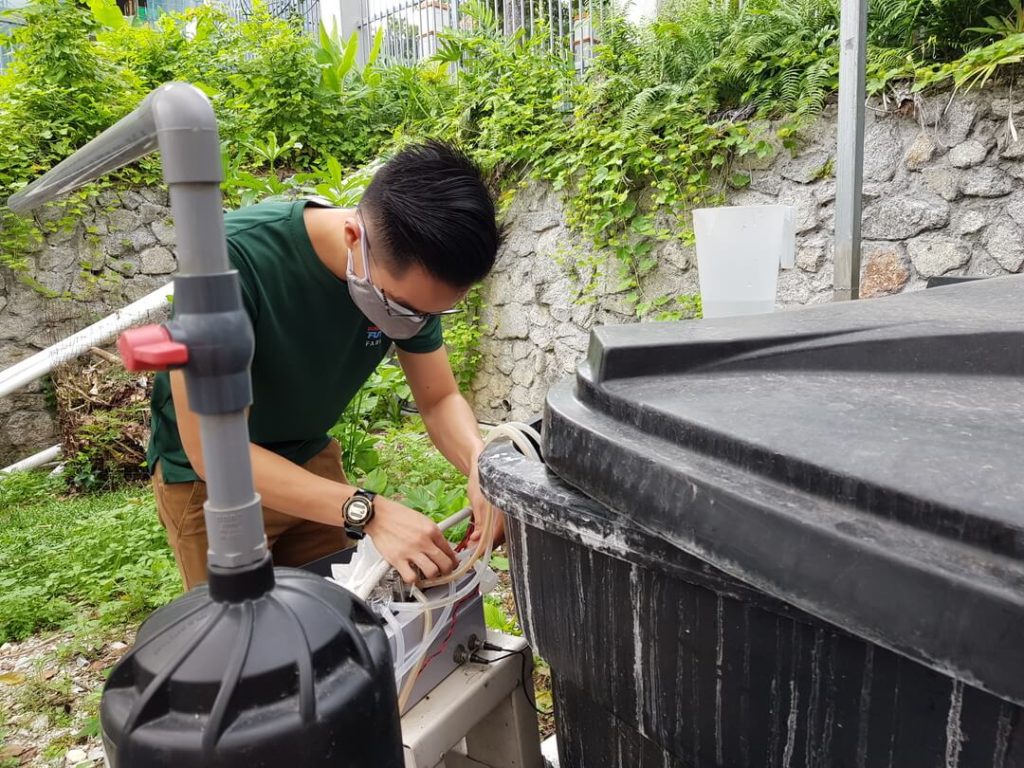
In recent years, technological advancement has led to the emergence of new trends in the agriculture sector. Precision agriculture is one that is gaining much attraction as the utilization of sensors and actuators helps improve and optimize production. Many companies are investing large sums of money into deploying Internet of Things (IoT) devices to monitor and control the conditions on the farm.
Indoor farming generally requires a controlled environment throughout the day by utilizing air conditioning or climate control systems to mimic the ideal growing conditions for plants. Sensors are deployed in various sections of the farm to monitor environmental conditions and capture data for research & development purposes. Temperature, humidity and carbon dioxide sensors are commonly deployed in indoor farms to ensure that the crops are receiving the required conditions to grow at an optimum rate. Data is fed into a control system which in turn triggers various mechanisms, from adjusting the climate condition to supplementing the grow area with carbon dioxide if it gets too low.
Data provided by IoT devices are usually stored in a local or cloud database, depending on the requirements. The data is then analyzed by agronomists to adjust the growing conditions in order to increase crop yield. It also helps optimize farm resources used in growing crops through the reduction of nutrient consumption and electricity. Once there is sufficient data, it can be used in building predictive models or machine learning algorithms that would further optimize farm resources and usage.
Besides mimicking growing conditions, IoT devices are also set up to reduce or remove the workload of agronomists in their daily operations. Sensors such as electrical conductivity (EC) and pH sensors coupled together with pumps are commonly deployed in the irrigation tank to monitor and control the nutrient uptake by the crops. When the electrical conductivity sensor detects a drop in the nutrient level, the control system sends a signal to the pump to dose in the appropriate amount of nutrients for the plants. The agronomist on the ground would not need to manually measure the water samples and add the nutrients by themselves. This eliminates one of the many labour-intensive tasks in their daily operations as the nutrients and pH of the nutrient water change daily. In the long run, the deployment of IoT devices reduces the amount of manpower required to operate and monitor the farm.
Aside from that, the remote management system is also commonly deployed on these farms to provide real-time notifications and controls to the agronomist without them being physically present on the farm. For instance, agronomists are able to change the setpoint of the climate in the farm simply with a few button clicks, or automatically dose nutrients into the irrigation tank from the comfort of their home. The remote management system also allows them to monitor the farm conditions or shut down any operations if a hazardous situation is present.
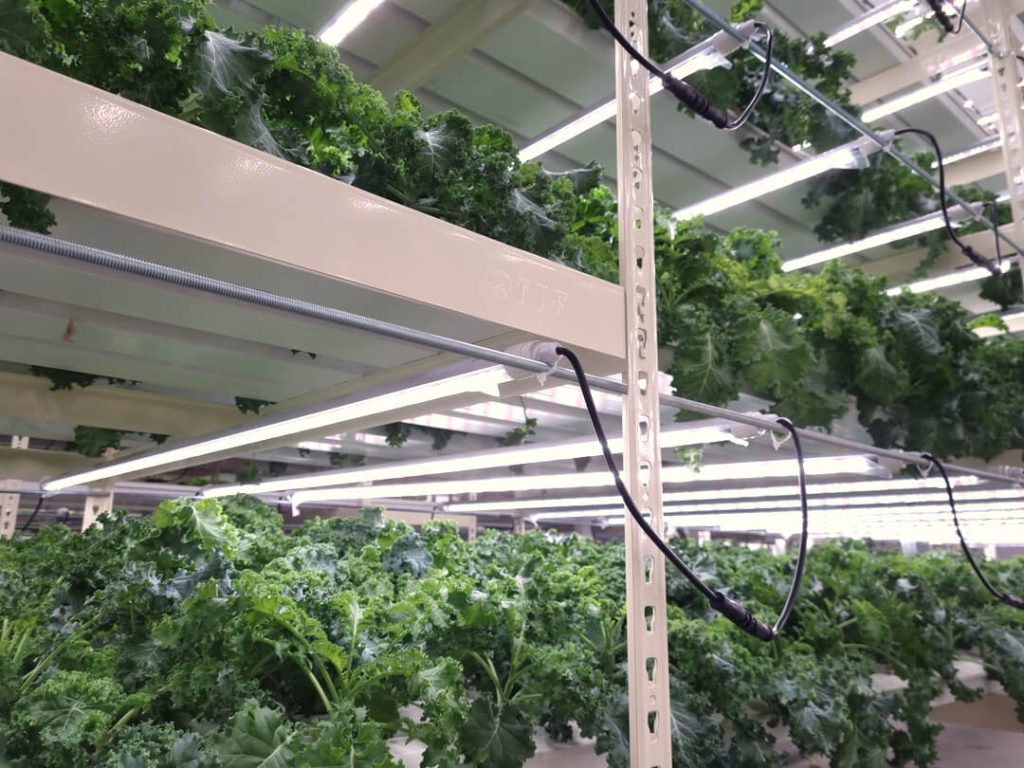
In a larger-scale farm operation, sensor data collected by IoT devices are used to automate farm operations. Climate control systems retrieve data from sensors monitoring temperature and humidity, making changes to the zone based on the given setpoints. Grow lights are also commonly controlled automatically to schedule the duration when it switches on and off. By doing so, electrical consumption gets greatly reduced– a significant impact, as indoor urban farming requires large amounts of grow lights to mimic natural sunlight.
In conclusion, the adoption of IoT devices in urban farming is important for sustainable production. IoT provides monitoring, and improvement in inputs as well as a reduction in production cost, all helping to build a better farming solution. As we continue to move towards digitalization and industrial 4.0, IoT will continue to transform the agriculture industry by eliminating traditional farming methods, resolving farm challenges and paving a way for sustainable farming.
